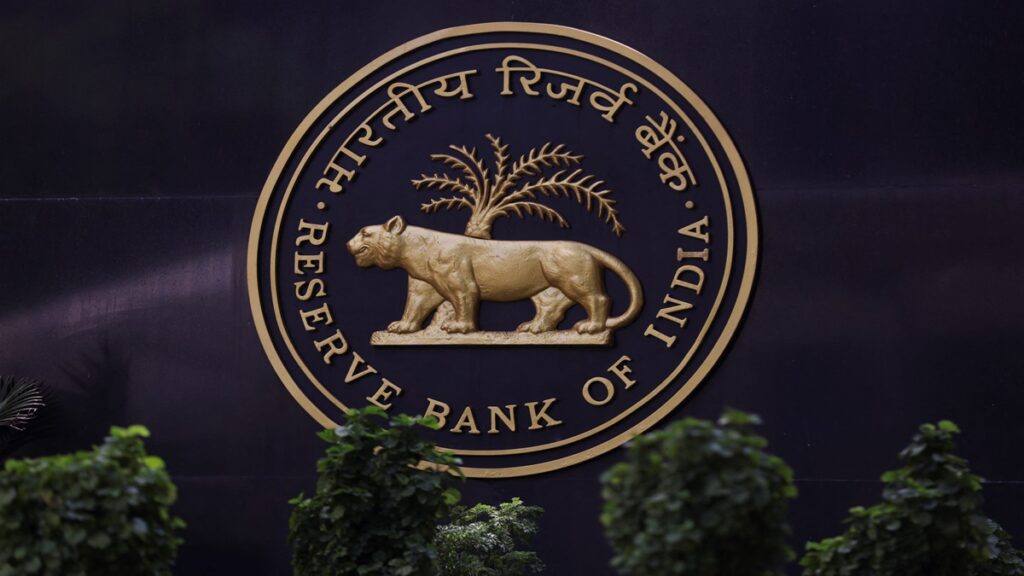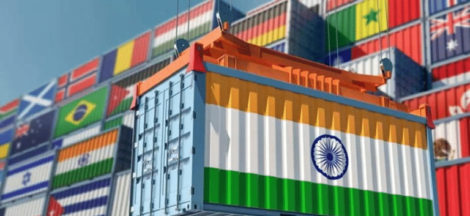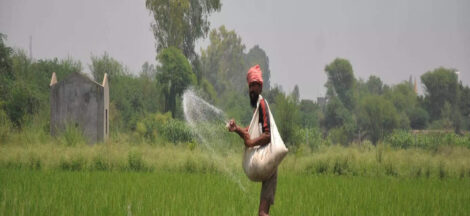NEW DELHI: India’s inflation trajectory for FY26 is expected to remain positive with headline averaging around 3.5 per cent assuming evenly distributed monsoon. Retail inflation for the month of April cooled further to 3.2 per cent on-year, down from 3.3 per cent in March, marking the lowest reading in nearly six years. The continued moderation was primarily driven by a broad-based decline in food and beverage inflation. The easing trend, however, defied typical seasonal patterns, as food prices declined for the sixth consecutive month, which is unusual during the summer season.
Gaura Sen Gupta, Chief Economist, IDFC FIRST Bank, said, “IMD first stage forecast indicates monsoon is likely to be above normal (>104 per cent LPA). Neutral ENSO conditions are expected to prevail during the monsoon season. Core inflation is expected to average at 4.3 per cent in FY26 vs 3.6 per cent in FY25, the pick-up reflects less supportive base-effects.”
Core inflation in April rose to 4.2 per cent YoY from 4.06 per cent in March. Given month-to-date retail food price data, Barclays estimated May inflation at around 3.0 per cent on-year. “While the sequential correction in food prices is likely closing, overall price pressures still appear contained, with May CPI also likely to benefit from base effect. The Indian Meteorological Department’s expectation of an earlier onset and ‘above normal’ monsoon augurs well for food inflation trajectory going forward,” said Aastha Gudwani, India Chief Economist, Barclays.
Now with April CPI inflation at 3.16 per cent and May tracking at around 3 per cent YoY (with a similar rate likely in June), Barclays projected Q1FY26 CPI inflation (April-June) to average around 3-3.1 per cent YoY. This is much lower than the MPC’s forecast of 3.6 per cent on-year. “We think another sizable undershoot of the MPC’s inflation forecast in Q1 (after Q4 FY24-25) will likely push the MPC to cut the policy repo rate for a third successive time on 6 June,” Aastha Gudwani said.
On domestic factors alone, IDFC First Bank maintained, there is space to cut policy rates by 75bps in the remainder of FY26 to bring policy rates to neutral territory. Gaura Sen Gupta, said, “Given that it takes 6 to 9 months for transmission to take place, RBI is likely to continue with back-to-back rate cuts (25bps cut in June, 25bps cut in August and 25bps cut in October).”
In terms of looming risks, she added that the significant de-escalation in tariff tensions with the US and China reducing reciprocal tariff for the next 90 days, has reduced some of the down-side risk to global growth. The move by the two countries indicated growing awareness that no country will benefit from tariff wars.
Meanwhile, Barclays also advanced its expectation of a 25 bp rate cut from the August MPC meeting to June. “We also see downside risks to our full year CPI inflation estimate of 4 per cent YoY for FY25-26,” said Aastha Gudwani.
According to economists, a negative output gap is expected to persist with FY26 GDP growth expected to remain near 6.3 per cent with weakness in urban demand and corporate capex cycle. Further, US tariff tensions are expected to keep export growth weak. However, the risk from imported inflation remains low as commodity prices have declined reflecting market expectation of weakness in global growth.
Diving deeper into growth drivers, IDFC First Bank said that while rural demand indicators are showing signs of improvement with pick-up in domestic tractor sales and fertilizer sales, the improvement isn’t broad-based with weakness in two-wheeler sales and consumer non-durable goods production. Meanwhile, weakness in urban demand persists as indicated by slowdown in passenger vehicle sales and durable goods production. The divergent trend between urban and rural demand is also seen in FMCG sales volume growth, with according to a NielsenIQ report, urban sales growth at 2.6 per cent in Q4FY25 and rural sales growth at 8.4 per cent.
Furthermore, profit growth for non-financial listed companies in Q4 has been muted, based on the limited number of firms that have reported their quarter results so far.
Source: The Financial Express




 Jai Bhim Nagar Demolitions Contravenes The Fundamental Rights Under Indian Constitution
Jai Bhim Nagar Demolitions Contravenes The Fundamental Rights Under Indian Constitution 